WIN CLIENTS. BOOK FASTER. GET PAID. STAY ORGANIZED. TRY HONEYBOOK!
The More Gear Show topic this month is: How to prepare for you photo vacation and what camera gear to take with you and why?
This episode is sponsored by: HoneyBook - Win Clients. Book Faster. Get Paid. Stay Organized. Gear discussed in this episode: Compact Travel Tripods Gorilla Pod B&H: https://bhpho.to/2JXpIVI Amazon Germany: https://amzn.to/2tsyCzj Manfrotto Pixi B&H: https://bhpho.to/2ywks63 Amazon Germany: https://amzn.to/2tiZ8fe Platypod B&H: https://bhpho.to/2JXYNJz Amazon Germany: https://amzn.to/2K6G8KR Camera Bags: ThinkTank Retrospective 10 B&H: https://bhpho.to/2yyILAq Amazon Germany: https://amzn.to/2KcEveq COSYSPEED Streetomatic+ B&H: https://bhpho.to/2yojeK3 Amazon Germany: https://amzn.to/2lrNI4J High-Quality Travel Zoom Lenses: Panasonic Leica DG Vario-Elmarit 12-60mm f/2.8-4 ASPH. POWER O.I.S. Lens B&H: https://bhpho.to/2K7Qff8 Amazon Germany: https://amzn.to/2lrOqPr Olympus M.Zuiko Digital ED 12-100mm f/4 IS PRO Lens B&H: https://bhpho.to/2yos22N Amazon Germany: https://amzn.to/2MNMBsr Fujifilm XF 16-55mm f/2.8 R LM WR Lens B&H: https://bhpho.to/2K8JYzC Amazon Germany: https://amzn.to/2K842W5 Sony FE 24-105mm f/4 G OSS Lens B&H: https://bhpho.to/2JXJws4 Amazon Germany: https://amzn.to/2lq1V1R Power: Anker PowerPort Speed 5-Port USB Charger B&H: https://bhpho.to/2K5Qp6z Amazon Germany: https://amzn.to/2tiwNpE Camera Battery Charger for 2 Batteries B&H: https://bhpho.to/2yunh7V Amazon Germany: https://amzn.to/2yGtJZF Small Portable Power Pack B&H: https://bhpho.to/2JZG9Ru Amazon Germany: https://amzn.to/2MNWYN9 Memory & Storage: SanDisk 64GB SD-card B&H: https://bhpho.to/2K4lKGO Amazon Germany: https://amzn.to/2tkTBow Lexar 64GB SD-card B&H: https://bhpho.to/2JZKGDx Amazon Germany: https://amzn.to/2K700Kw WD 2TB My Passport Wireless Pro USB 3.0 B&H: https://bhpho.to/2JYNr7R Amazon Germany: https://amzn.to/2ln9V3M GNARBOX 128GB Portable Backup & Editing System B&H: https://bhpho.to/2yvYbW7 Amazon Germany: https://amzn.to/2Ka2fjr Other: Giottos Rocket Blaster B&H: https://bhpho.to/2K02Kgy Amazon Germany: https://amzn.to/2lrJ8na For more information on Marco Larousse follow him on: Website: www.MarcoLarousse.com Twitter: @HamburgCam Facebook: www.facebook.com/MarcoLarousse1 Instagram: https://www.instagram.com/marco.larousse/ Follow PPN here: Website: http://www.photopodcasts.com/podcasts Twitter: @Photopodcasts Facebook: https://www.facebook.com/photopodcasts/ Please support our show by using our B&H affiliate link (click here) that will not cost you a penny more than when you are buying at B&H without our link. And the more this link will be used to buy at B&H, the more giveaways we’ll be able to give back to our listeners through B&H. It really is a “win-win” situation :) And please share this podcast with your friends and subscribe via iTunes. We would also love to get your feedback. Is there anything that you want us to cover on the show in the future? And we would appreciate if you could take a short moment to rate or post a quick review for our shows on iTunes. AuthorMarco Larousse is a journalist and a fine art, street and documentary photographer, a educator, speaker, and podcast producer of photography related topics - MarcoLarousse.com. Marco has a background in photography of 30+ years.
1 Comment
USE OUR PPN - SKYLUM - DISCOUNT CODE "PHOTOPODCASTS" AT CHECKOUT FOR EXTRA SAVINGS
The More Gear Show topic this month is: Which mobile flash and modifier should you use with your camera and why?
This episode is sponsored by: Skylum and Luminar 2018 - The most innovative photo editor for Mac and PC. Use the discount code “PHOTOPODCASTS” for extra savings at checkout. Gear and techniques discussed in this episode:
Yongnuo RF-603 II - B&H: https://bhpho.to/2s8S97v
Yongnuo YN-622C II - B&H: https://bhpho.to/2GHBUDC
B&H: https://bhpho.to/2J1SaEE
B&H: https://bhpho.to/2x57V9d
B&H: https://bhpho.to/2x3ryys
B&H: https://bhpho.to/2IY5R7w
B&H: https://bhpho.to/2IH3SVI For more information on Marco Larousse follow him on: Website: www.MarcoLarousse.com Twitter: @HamburgCam Facebook: www.facebook.com/MarcoLarousse1 Instagram: https://www.instagram.com/marco.larousse/ Follow PPN here: Website: http://www.photopodcasts.com/podcasts Twitter: @Photopodcasts Facebook: https://www.facebook.com/photopodcasts/ Please support our show by using our B&H affiliate link (click here) that will not cost you a penny more than when you are buying at B&H without our link. And the more this link will be used to buy at B&H, the more giveaways we’ll be able to give back to our listeners through B&H. It really is a “win-win” situation :) And please share this podcast with your friends and subscribe via iTunes. We would also love to get your feedback. Is there anything that you want us to cover on the show in the future? And we would appreciate if you could take a short moment to rate or post a quick review for our shows on iTunes. AuthorMarco Larousse is a journalist and a fine art, street and documentary photographer, a educator, speaker, and podcast producer of photography related topics - MarcoLarousse.com. Marco has a background in photography of 30+ years. USE OUR PPN - SKYLUM - DISCOUNT CODE "PHOTOPODCASTS" AT CHECKOUT FOR EXTRA SAVINGS
The More Gear Show topic this month is: Shooting video from a photographer's point of view - with guest host Joseph Linaschke, better known as PhotoJoseph on the internet.
This episode is sponsored by: Skylum and Luminar 2018 - The most innovative photo editor for Mac and PC. Use the discount code “PHOTOPODCASTS” for extra savings at checkout. This More Gear Topic will be about shooting video from a photographer's point of view. Many of us photographers are scared of shooting video because we have grown up to capture the decisive moment in 1/1000s and edit that moment to perfection in the darkroom or nowadays in Lightroom or other photo editing software. But we also pay good money for all of the latest and greatest video features in our photo cameras, so we might as well start to use them. And in order to give you very experienced and qualified tips, Marco invited his friend PhotoJoseph who is not only a great guy, a wonderful photographer, an official Panasonic Luminary ambassador, but he is also a pro in regards of recording and editing professional videos. Gear and techniques discussed in this episode:
GoPro Hero B&H: https://bhpho.to/2Hw4MRp
Rode VMMICRO - Compact on camera mic: Amazon Germany: https://amzn.to/2HeBsBX B&H: https://bhpho.to/2F2QapC Panasonic GH5 Amazon Germany: https://amzn.to/2Hk5V1C B&H: https://bhpho.to/2yL4no4
B&H: https://bhpho.to/2vvSc20
Co-Host info for Joseph Linaschke / PhotoJoseph Joseph’s Website: www.joseph.info Joseph’s YouTube Channel: youtube.com/photojoseph Joseph’s Twitter: @PhotoJoseph Joseph’s Instagram: www.instagram.com/photojoseph Joseph’s Panasonic LUMIX and GH5 training: http://GH5Training.com For more information on Marco Larousse follow him on: Website: www.MarcoLarousse.com Twitter: @HamburgCam Facebook: www.facebook.com/MarcoLarousse1 Instagram: https://www.instagram.com/marco.larousse/ Follow PPN here: Website: http://www.photopodcasts.com/podcasts Twitter: @Photopodcasts Facebook: https://www.facebook.com/photopodcasts/ Please support our show by using our B&H affiliate link (click here) that will not cost you a penny more than when you are buying at B&H without our link. And the more this link will be used to buy at B&H, the more giveaways we’ll be able to give back to our listeners through B&H. It really is a “win-win” situation :) And please share this podcast with your friends and subscribe via iTunes. We would also love to get your feedback. Is there anything that you want us to cover on the show in the future? And we would appreciate if you could take a short moment to rate or post a quick review for our shows on iTunes. AuthorMarco Larousse is a journalist and a fine art, street and documentary photographer, a educator, speaker, and podcast producer of photography related topics - MarcoLarousse.com. Marco has a background in photography of 30+ years. 3/22/2018 0 Comments More Gear Show #12 | PPN | Modern lens adapters and how they can benefit your creativity and save you moneyUse our PPN - Skylum - Discount Code "PHOTOPODCASTS" at checkout for extra savings
The More Gear Show topic this month is: Modern lens adapters and how they can benefit your creativity and make you less dependent on camera brands.
This episode is sponsored by: Skylum and Luminar 2018 - The most innovative photo editor for Mac and PC. This More Gear Topic will be about lens adapters and you may be surprised what kind of options are out there today because this segment has really seen some interesting innovation far beyond a simple metal mount adapter from a decade ago. And it would not surprise me if you will start to look around for vintage lenses to give it a try after you’ve listened to this show. Gear that Marco discussed in this episode: Basic lens adapters without optical elements or electronic connectors for aperture control. These are best used for vintage manual focus lenses with physical aperture rings around the lens:
Mechanical MF lens adapter for lenses without an aperture ring. These adapters have an extra set of aperture blades that allow you to stop down the lens without having to activate the internal electronic aperture blades inside the lens:
Fully automatic adapters allow the use of electronic lenses on different mount systems. Such as Canon EF lenses to Sony E Mount. The AF and aperture control are enabled when using these adapters:
Speed booster adapters are another alternative that can offer two advantages:
More links related to this episode:
For more information on Marco Larousse follow him on: Website: www.MarcoLarousse.com Twitter: @HamburgCam Facebook: www.facebook.com/MarcoLarousse1 Instagram: https://www.instagram.com/marco.larousse/ Follow PPN here: Website: http://www.photopodcasts.com/podcasts Twitter: @Photopodcasts Facebook: https://www.facebook.com/photopodcasts/ Please support our show by using our B&H affiliate link (click here) that will not cost you a penny more than when you are buying at B&H without our link. And the more this link will be used to buy at B&H, the more giveaways we’ll be able to give back to our listeners through B&H. It really is a “win-win” situation :) And please share this podcast with your friends and subscribe via iTunes. We would also love to get your feedback. Is there anything that you want us to cover on the show in the future? And we would appreciate if you could take a short moment to rate or post a quick review for our shows on iTunes. AuthorMarco Larousse is a journalist and a fine art, street and documentary photographer, a educator, speaker, and podcast producer of photography related topics - MarcoLarousse.com. Marco has a background in photography of 30+ years. 2/16/2018 2 Comments More Gear Show #11 | PPN | Jamey Price about the Craft and Gear in professional motorsports photograPHYUSE OUR PPN PHOTOSHELTER DISCOUNTCODE "PHOTOPODCASTS" AT CHECKOUT TO SAVE 20% ON REGULAR OR PRO ACCOUNTS
The More Gear Show topic this month is: We’ve invited one of the world's top motorsports photographers, Jamey Price, and talked about the craft and the demanding gear for international motorsports photography.
This episode is sponsored by: PhotoShelter - Where photographers get work done!
Gear that Jamey currently uses:
Jamey shares his demanding image workflow and software:
Links to Jamey Price: Website: https://www.jameypricephoto.com/ Facebook: https://www.facebook.com/jameypricephoto/ Twitter: https://twitter.com/jameypricephoto Instagram: https://www.instagram.com/jameypricephoto/ For more information on Marco Larousse follow him on: Website: www.MarcoLarousse.com Twitter: @HamburgCam Facebook: www.facebook.com/MarcoLarousse1 Instagram: https://www.instagram.com/marco.larousse/ Follow PPN here: Website: http://www.photopodcasts.com/podcasts Twitter: @Photopodcasts Facebook: https://www.facebook.com/photopodcasts/ Please support our show by using our B&H affiliate link (click here) that will not cost you a penny more than when you are buying at B&H without our link. And the more this link will be used to buy at B&H, the more giveaways we’ll be able to give back to our listeners through B&H. It really is a “win-win” situation :) And please share this podcast with your friends and subscribe via iTunes. We would also love to get your feedback. Is there anything that you want us to cover on the show in the future? And we would appreciate if you could take a short moment to rate or post a quick review about our shows on iTunes. AuthorMarco Larousse is a journalist and a fine art, street and documentary photographer, a educator, speaker, and podcast producer of photography related topics - MarcoLarousse.com. Marco has a background in photography of 30+ years. USE OUR PPN PHOTOSHELTER DISCOUNTCODE "PHOTOPODCASTS" AT CHECKOUT TO SAVE 20% ON REGULAR OR PRO ACCOUNTS
The More Gear Show topic this month is: A closer look at Fuji X-cameras and lenses
This episode is sponsored by: PhotoShelter - Where photographers get work done!
Marco talks about these Fuji X-Cameras in this show:
And these Fuji XF lenses are covered in this show:
For more information on Marco Larousse follow him on: Website: www.MarcoLarousse.com Twitter: @HamburgCam Facebook: www.facebook.com/MarcoLarousse1 Instagram: https://www.instagram.com/marco.larousse/ Follow us on PPN here: Website: http://www.photopodcasts.com/podcasts Twitter: @Photopodcasts Facebook: https://www.facebook.com/photopodcasts/ Please support our show by using our B&H affiliate link (click here) that will not cost you a penny more than when you are buying at B&H without our link. And the more this link will be used to buy at B&H, the more giveaways we’ll be able to give back to our listeners through B&H. It really is a “win-win” situation :) And please share this podcast with your friends and subscribe via iTunes. We would also love to get your feedback. Is there anything that you want us to cover on the show in the future? And we would appreciate if you could take a short moment to rate or post a quick review about our shows on iTunes. AuthorMarco Larousse is a journalist and a fine art, street and documentary photographer, a educator, speaker, and podcast producer of photography related topics - MarcoLarousse.com. Marco has a background in photography of 30+ years. USE OUR PPN PHOTOSHELTER DISCOUNTCODE "PHOTOPODCASTS" AT CHECKOUT TO SAVE 20% ON REGULAR OR PRO ACCOUNTS
The More Gear Show topic this month is: What gear to choose for street-, travel-, or documentary photography?
This episode is sponsored by: PhotoShelter Marco invited fellow street and event photographer Matt Hart from England as our guest to the show. Matt has been creating images for 40 years and he is also a Fujifilm ambassador and the founder of the Fujiholics Social Media group. Clothes & Shoes: The first gear choices that are discussed are clothes and shoes. It sounds like something that one should not put too much thought into, but the right shoes and clothes can make the difference between a pleasant and successful or a miserable day doing photography in the city. Camera bags: Matt prefers a backpack over traditional camera bags most of the time these days. But he does also like the stylish GILLIS bags: GILLIS B&H: https://bhpho.to/2D5mtnh Marco uses the ThinkTank Retrospective 5 & 10 bags B&H: https://bhpho.to/2BZnTQP Amazon DE: http://amzn.to/2C3fzSz And the COSYSPEED CAMSLINGER Streetomatic Plus B&H: https://bhpho.to/2ABWORN Amazon DE: http://amzn.to/2kQu5TZ Accessories:
Cameras:
Fuji X70 B&H: https://bhpho.to/2C0mNVc Amazon DE: http://amzn.to/2BuPYOV Fuji X100F B&H: https://bhpho.to/2D6YuEp Amazon DE: http://amzn.to/2zoZCB1 Fuji X-PRO2 B&H: https://bhpho.to/2C19CmL Amazon DE: http://amzn.to/2D7RuqP Fuji X-T2 B&H: https://bhpho.to/2D71q3F Amazon DE: http://amzn.to/2DGiQFt Olympus PEN-F B&H: https://bhpho.to/2BZU2YJ Amazon DE: http://amzn.to/2zqD2Ig Panasonic Lumix DMC-GX8 B&H: https://bhpho.to/2D6EotG Amazon DE: http://amzn.to/2zpFiiP Ricoh GR II B&H: https://bhpho.to/2BZ1mE0 Amazon DE: http://amzn.to/2DGbKAI Sony DSC-RX100 V B&H: https://bhpho.to/2D8JMN3 Amazon DE: http://amzn.to/2l5wkSM Canon EOS M6 B&H: https://bhpho.to/2BZfqx6 Amazon DE: http://amzn.to/2D8EK2T Lenses: Aside of your camera brand and sensor size the preferred street and documentary focal lengths are between a 21mm and 50mm equivalent field of view in classic 35mm full frame terms. These focal lengths will ensure a realistic perspective similar to how we see with the human eyes. Weather sealing is an advantage and faster aperture lenses are not a must but will be at an advantage in low light situations. Co-Host Matt Hart can be found on his Fujiholics media sites: Web: www.Fujiholics.com Twitter: @Fujiholics Facebook: https://www.facebook.com/fujiholics/ For more information on Marco Larousse follow him on Twitter: @HamburgCam Follow @Photopodcasts on Twitter Please support our show by using our B&H affiliate link (click here) that will not cost you a penny more than when you are buying at B&H without our link. And the more this link will be used to buy at B&H, the more giveaways we’ll be able to give back to our listeners through B&H. It really is a “win-win” situation :) And please share this podcast with your friends and subscribe via iTunes. We would also love to get your feedback. Is there anything that you want us to cover on the show in the future? And we would appreciate if you could take a short moment to rate or post a quick review about our shows on iTunes. AuthorMarco Larousse is a journalist and a fine art, street and documentary photographer, a educator, speaker, and podcast producer of photography related topics - MarcoLarousse.com. Marco has a background in photography of 30+ years. The More Gear Show topic this month is: Thoughts on fast m4/3 lenses, the “holy trinity” - 3 Olympus f1.2 PRO lenses. Follow @Photopodcasts on Twitter Email: scott@scottbourne.com with questions or use the form on our website You’ll find a visual presentation of these show notes here: https://spark.adobe.com/page/hYCV2mCdSM9Lm/ If you hear the phrase “holy trinity” applied to photography, it means a selection of prime lenses with a wide, a standard, and a medium telephoto focal length. Depending on the type of photography you do, you may never need any other lens. Olympus has just announced two new lenses that join the already shipping Olympus M.Zuiko Digital ED 25mm f/1.2 PRO Lens to form their new trinity. All of these lenses are fast, f/1.2 lenses. They all come with a manual focus clutch. All three render your images with an almost 3D quality. They all are the beneficiaries of the Olympus Z-Nano coating so flare is well-controlled. All three are MSC (Movie & Still Compatible) All of them have the same size front filter thread at 62mm. All offer what Olympus calls “Feathered Bokeh.” All three are splash proof, dust proof, freeze proof. All offer very fast autofocus. The trio comes with a programmable lens function button and a lens hood is included in the box. (The lens hoods are interchangeable amongst the three lenses.) And one last critical point - unlike DSLR lenses at f/1.2, anyone can focus these new primes - even wide open. Let’s take a quick look at each of these lenses: Olympus M.Zuiko Digital ED 17mm f/1.2 PRO Lens The wide angle-of-view coupled with shallow depth-of-field make this the ideal lens for environmental portraits, landscapes, street, documentary or astrophotography. It replaces a 35mm lens (equivalent) on a DSLR system and is a focal length that is always valued. It won’t be shipping until January, but I was afforded a chance to see and hold and touch and play around with a pre-production model and all I can say is WOW! It’s much smaller than I expected it to be. How in the world the engineers at Olympus figured out the technology to make a super fast lens this small and light is a mind-blower. It has all the features you’d expect from a pro lens (including all those listed above.) One of my favorite features is that you can close focus to 3.75 inches! That is insane - you get a .3X magnification (35mm equivalent) which in some cases will be all the macro you need. The 17mm features a newly engineered ED-DSA lens, which Olympus says “possesses the characteristics of both an ED (Extra-low Dispersion) lens element and a DSA (Dual Super Aspherical) lens element” and is designed to mitigate chromatic aberrations and distortions. Key specs for the 17mm lens...
Next up - the other new, fast, prime from Olympus: Olympus M.Zuiko Digital ED 45mm f/1.2 PRO Lens The new 45mm lens (90mm focal length in 35mm equivalent). is perfect for portraits. While Olympus has a 45mm f1/8 lens, it is not weather proof and can't compete with the super wide aperture of the new 45mm f/1.2. As was the case with the 17mm lens, I was afforded a chance to see and hold and touch and play around with a pre-production model. This lens is so good that it makes me want to get back into the portrait business. I guarantee that any portrait artist using this lens to its full potential will have a serious, competitive business advantage. Like the 17mm lens, this one feels good in the hand and is much lighter and smaller than I expected it to be. It too has a great close-focusing distance and it will ship near the end of November for about $1200. Key specs for the 45mm lens…
Lastly, the third lens in the trinity, the already shipping Olympus M.Zuiko Digital ED 25mm f/1.2 PRO Lens I own the 25 f/1.2 and it is so good that I look for reasons to use it. Let me mention the thing about this lens that impresses me most (other than the fast aperture.) This lens is SHARP. It is very sharp right out of the gate at f/1.2 and offers tack-sharp edge-to-edge sharpness by f/1.2. You can stop down further if you want, but it doesn't garner substantially more image sharpness. Olympus knows that people who will buy a f/1.2 lens want to shoot at f/1.2. It's not big or heavy compared to similar lenses on a DSLR, but some M43 shooters will notice it's 14.5 oz. For me, it is a natural fit on my OM-D E-M1 Mark II. The 25mm f/1.2 from Olympus is a joy to use. If the 17mm and 45mm are as good, then Olympus has a powerhouse trio that even Panasonic shooters might be tempted to buy. Key specs for the 25mm lens…
CONCLUSION The holy trinity of lenses for any particular brand is often the most popular set of lenses for those starting out in photography. Experienced photographers often encourage new photographers to seek out focal lengths resembling what the holy trinity offers. If you’re obsessed with DOF, you want to get the best bokeh. Many companies make super fast lenses, but most photographers who use these lenses either have trouble focusing them or they have to stop down at least one stop (maybe two) to get the lens’ best performance. That is not the case with the new holy trinity - Olympus M.Zuiko Digital ED 17mm F1.2 PRO Lens - the new Olympus M.Zuiko Digital ED 45mm f/1.2 PRO Lens and the already shipping Olympus M.Zuiko Digital ED 25mm f/1.2 PRO Lens. They all offer great image quality - even wide open. They offer fantastic and beautiful bokeh but still capture all the fine foreground details you want. If I wasn't a bird photographer, I'd be tempted to buy these three lenses and call it good. For many of you, they would help you achieve almost any photographic goal and help you do it in style. Highly recommended. DISCLAIMER: Crop factor and the associated focal length multiplier only affects field of view (FOV). I prefer to reference this as effective focal length (EFL) but others use FOV. Feel free to use whichever term you like. Also please note that I am an Olympus Visionary. My opinions are my own, but in case you might think I have been influenced by my affiliation with Olympus, I wanted to disclose it. Please support our show by using our B&H affiliate link (click here) that will not cost you a penny more than when you are buying at B&H without our link. And the more this link will be used to buy at B&H, the more giveaways we’ll be able to give back to our listeners through B&H. It really is a “win-win” situation :) And please share this podcast with your friends and subscribe via iTunes. We would also love to get your feedback. Is there anything that you want us to cover on the show in the future? And we would appreciate if you could take a short moment to rate or post a quick review about our shows on iTunes. For more information on Scott Bourne follow him on Twitter: @ScottBourne For more information on Marco Larousse follow him on Twitter: @HamburgCam AuthorScott Bourne is an Olympus Visionary and a professional wildlife photographer, author and lecturer who specializes in birds. He was one of the founders of This Week In Photo, Founded Photofocus.com and is co-founder of the new Photo Podcast Network (www.photopodcasts.com.) The More Gear Show topic this month is: Prime v. Zoom Lenses Follow @Photopodcasts on Twitter Email: scott@scottbourne.com with questions or use the form on our website You’ll find a visual presentation of these show notes here: https://spark.adobe.com/page/pNsx6L2onZBBB/ Prime v. Zoom Lenses. It's one of those age-old battles like Mac v. PC, or Xbox v. Playstation. While it's a subject that brings out passionate views from both sides, my goal in this presentation is not to take sides, but to give photographers a basic primer on the two types of lenses so that they can make better informed buying decisions. I do have my own opinions and will share them. At the end of this presentation, I will mention some of the lenses I use. For those who are new to all this, a prime lens is merely a fixed focal length lens. It just means that unlike your 70-200mm zoom lens that allows you to use focal lengths between 70mm and 200mm, a prime lens will only shoot at a fixed length. Some common prime lens lengths are 24mm, 35mm 50mm, 85mm, 100mm, 200mm, etc. Here’s a rundown of the main advantages prime lenses have over zooms… 1. Prime lenses tend to be “faster” than zooms. What I mean by that is that they have a larger aperture (lower f-stop number) and allow more light into the camera. 2. Prime lenses tend to be sharper because they tend to have fewer optical compromises. Zooms require more lens elements and moving parts which could impact sharpness. 3. Prime lenses are typically smaller and lighter than their zoom-lens equals. 4. Prime lenses force you to think more about composition since you can’t just zoom your way out of a problem. 5. Prime lenses (at least the great ones) may offer you more control over your photography. They have features like depth-of-field scales (used for hyper focal distance calculations) or aperture rings. There are three primary disadvantages to all these features… a. You have less flexibility. b. You have to buy and carry more lenses to achieve coverage of the same focal lengths. c. Good prime lenses can be expensive. The basics of zoom lenses… A zoom lens is a mechanical assembly of lens elements for which the focal length (and thus angle of view) can be varied, as opposed to a fixed focal length lens. The main advantage of zoom lenses is flexibility. You can carry just one lens that covers a wide range of focal lengths. As for which is better, primes or zooms, the answer is (as it always in with photography) IT DEPENDS. It depends on what you want to accomplish, your skill level, the type of photography you practice and your budget. As for my own preferences, I generally prefer primes. When I have a choice, I shoot with primes, but there are indeed times when I want a zoom lens. They are affordable, flexible, convenient and versatile. The Olympus M.Zuiko Digital ED 40-150mm f/2.8 PRO Lens is one of my favorite zoom lenses for bird photography. There are times when it is just the best choice. Otherwise, I tend to use my Olympus M.Zuiko Digital ED 300mm f/4 IS PRO Lens and may use the Olympus M.Zuiko Digital MC-14 1.4x Teleconverter when I need more reach. I almost photograph birds exclusively using these lenses with one exception. When I am at places in the Alligator Farm or Gatorland and I can get very close, I will use a lightweight zoom lens, the Olympus M.Zuiko Digital ED 12-100mm f/4 IS PRO Lens which is great for hand-held flight shots when the birds are close. Conclusion Everything in photography involves a trade off. Zooms typically have more flaws than prime lenses but primes are more expensive and you have to carry more of them. Even though I prefer primes, I am NOT saying you shouldn’t buy a zoom lens. As you can see, I do own two myself. And the good news is that today's zooms are better than ever before. I do believe (especially for those shooting video or those who need super telephoto lenses) that a very fast prime lens is the best way to go, if budget allows. Your mileage may vary. If you are unsure of which way to go, my advice is to rent before you buy and put each lens you're considering through its paces. Decide if it's right for you and then pull the trigger. Please support our show by using our B&H affiliate link (click here) that will not cost you a penny more than when you are buying at B&H without our link. And the more this link will be used to buy at B&H, the more giveaways we’ll be able to give back to our listeners through B&H. It really is a “win-win” situation :) And please share this podcast with your friends and subscribe via iTunes. We would also love to get your feedback. Is there anything that you want us to cover on the show in the future? And we would appreciate if you could take a short moment to rate or post a quick review about our shows on iTunes. For more information on Scott Bourne follow him on Twitter: @ScottBourne For more information on Marco Larousse follow him on Twitter: @HamburgCam AuthorScott Bourne is an Olympus Visionary and a professional wildlife photographer, author and lecturer who specializes in birds. He was one of the founders of This Week In Photo, Founded Photofocus.com and is co-founder of the new Photo Podcast Network (www.photopodcasts.com.) The More Gear Show topic this month is: Using Teleconverters - The Basics. Follow @Photopodcasts on Twitter Email: scott@scottbourne.com with questions or use the form on our website You’ll find a visual presentation of these show notes here: https://spark.adobe.com/page/CabgCmTh8kpH5/ Introduction A teleconverter (sometimes called tele extender or TC) is a secondary lens which is mounted between the camera and a photographic lens. Its job is to enlarge the central part of an image. They usually come in two lengths, 1.4 and 2X. These numbers represent the multiplier effect of the teleconverter. For instance, a 1.4 TC on a 100mm lens would make that lens operate like a 140mm lens. A 2X TC on the same lens would make that lens operate like a 200mm lens. As I’ve grown older, I have come to rely on teleconverters. In the past, I've had a love/hate relationship with them. When I was a young man and dead broke, I used them to try to get more focal length and hated the results. Then again, when I was young, the quality of the average teleconverter was horrible and my technique not much better. Now, decades later, teleconverters from manufacturers like Olympus are very, very good. (There are other good teleconverters from other manufacturers but I mention Olympus because I am most familiar with them.) With the advent of higher-quality TCs and practice, I have come to the conclusion that with proper technique, and a super sharp lens to connect with the teleconverter, this gear can deliver sharp, pleasing image quality. The caveats are that you start with quality glass and use a properly matched teleconverter, i.e., one made by the same company that manufactures your lens. While technically, other brands may work, in my opinion, best practices require a properly matched converter. Proper technique is also really important. For those who only use long lenses occasionally, it's very hard to develop good technique. When I teach at bird photography workshops the first thing I tend to note with new students is their assumption that their expensive telephoto lens will be all they need to get a good, sharp image. If only that were true. You really need to practice with long lenses and get your technique down. Use a sturdy tripod, and preferably a gimbal head if you're shooting with DSLRs. (Mirrorless shooters may be able to hand hold but a tripod and gimbal are always nice perks if you can afford them.) Place your feet shoulder-width apart, press your eye firmly to the back of your camera and drape your arm over the center of gravity on the lens. If you're making any sort of image other than a static, locked down image, and you're using a modern lens, go ahead and turn on IS. (Check your camera/lens manual to see if your stabilization works on a tripod.) These are minimum techniques for good image making with long telephoto lenses. I use a 1.4 TC on my Olympus camera. In the past I worked with a 2X teleconverter. Once you add that 2x TC to the equation, it only gets harder. When you use a 2X teleconverter you magnify EVERY mistake you make for all to see. When you use a teleconverter you will end up short a stop or two of light. A 1.4 TC will cost you one stop of light and a 2X TC will cost you two stops of light. Most people already know that. What few people talk about is that you may also lose autofocus or at least autofocus speed. You may also lose some of your autofocus points. (My Olympus camera doesn't suffer from this problem but most do.) If you’re shooting with an older camera and lenses slower than f/2.8 pay attention to this. I want to clear up a misconception. I have seen many photographers flatly state that teleconverters don’t offer autofocus on lenses slower than f/2.8. While this may be true for a majority of cameras its not true with some of the more modern high-end cameras. Even if your camera can autofocus using a teleconverter, remember you will also be penalized by slightly slower autofocus acquisition. It is lens, body and situation dependent but it is something to know. I am lucky in that on my Olympus OM-D E-M1 Mark II, paired to the Olympus M.Zuiko Digital MC-14 1.4x Teleconverter this isn't a real issue. I don't notice any difference. Back when I shot on DSLRs, a 400mm f/4 lens with a 1.4TC (EFL of 560mm at f/5.6 due to the one stop of light lost to the TC) will not yield autofocus that is as fast as a 600mm f/5.6 lens without the TC. The gaps grow closer every year and it’s much less of a problem with new gear. Older cameras/lenses/converters will be more likely to manifest slower AF acquisition. USE CASES It’s possible to use TCs with any variety of lens and camera combinations (check your owner's’ manual to make sure your camera and lens pairing is compatible.) Some photographers are even able to stack two teleconverters (a 1.4 TC plus a 2X TC) to get even more reach. I have never tried this but you may want to. (Put the 2X on the camera, attach a 12mm extension tube to the 2X TC and then attach a 1.4 TC to the 12mm extension tube.) When I attach a teleconverter I tend to attach the TC to the lens first and THEN to the camera. On some cameras, this seems to make a big difference in how well the TC talks to both the lens and the camera, in terms of autofocus speed and also in terms of metering. Consider this a best practice just to be safe. With my desire to shoot long lenses I am constantly battling the need for big, heavy glass with the need for something that isn’t too expensive and that I can more easily carry. I have increasingly moved to using teleconverters and with practice, most photographers will find this is a reasonable compromise. Please support our show by using our B&H affiliate link (click here) that will not cost you a penny more than when you are buying at B&H without our link. And the more this link will be used to buy at B&H, the more giveaways we’ll be able to give back to our listeners through B&H. It really is a “win-win” situation :) And please share this podcast with your friends and subscribe via iTunes. We would also love to get your feedback. Is there anything that you want us to cover on the show in the future? And we would appreciate if you could take a short moment to rate or post a quick review about our shows on iTunes. For more information on Scott Bourne follow him on Twitter: @ScottBourne For more information on Marco Larousse follow him on Twitter: @HamburgCam AuthorScott Bourne is an Olympus Visionary and a professional wildlife photographer, author and lecturer who specializes in birds. He was one of the founders of This Week In Photo, Founded Photofocus.com and is co-founder of the new Photo Podcast Network (www.photopodcasts.com.) |
PODCASTSPPN - Photo Podcast Network - Your source of photography inspiration, education, information, and entertainment. We cover it all in our shows. Subscribe to PPN for free in Apple Podcasts or your favorite podcast app. Archives
October 2023
CategoriesAll Camera And Inspiration More Gear Show Podcast Q&A We Shoot Mirrorless |
Copyright 2017 - 2021 - All Rights Reserved
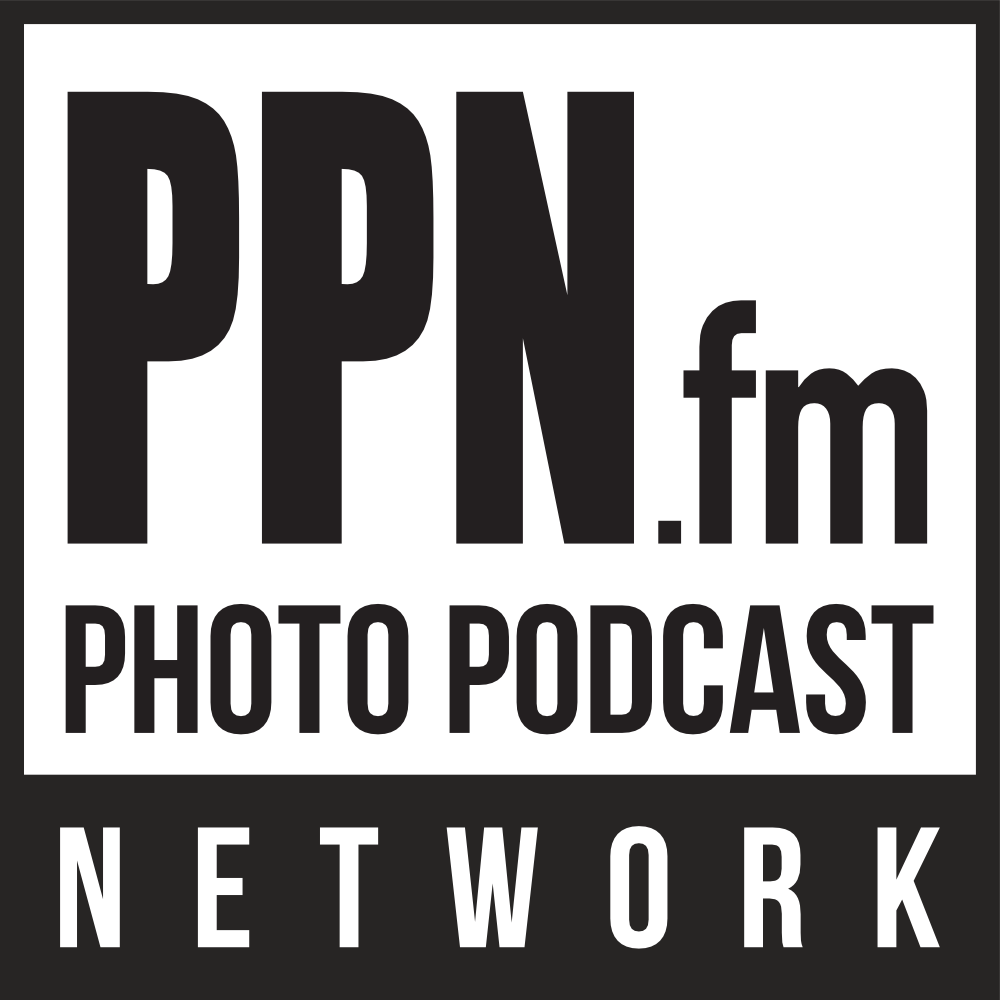




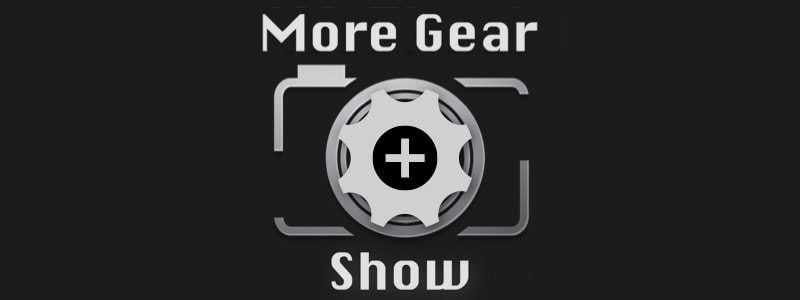

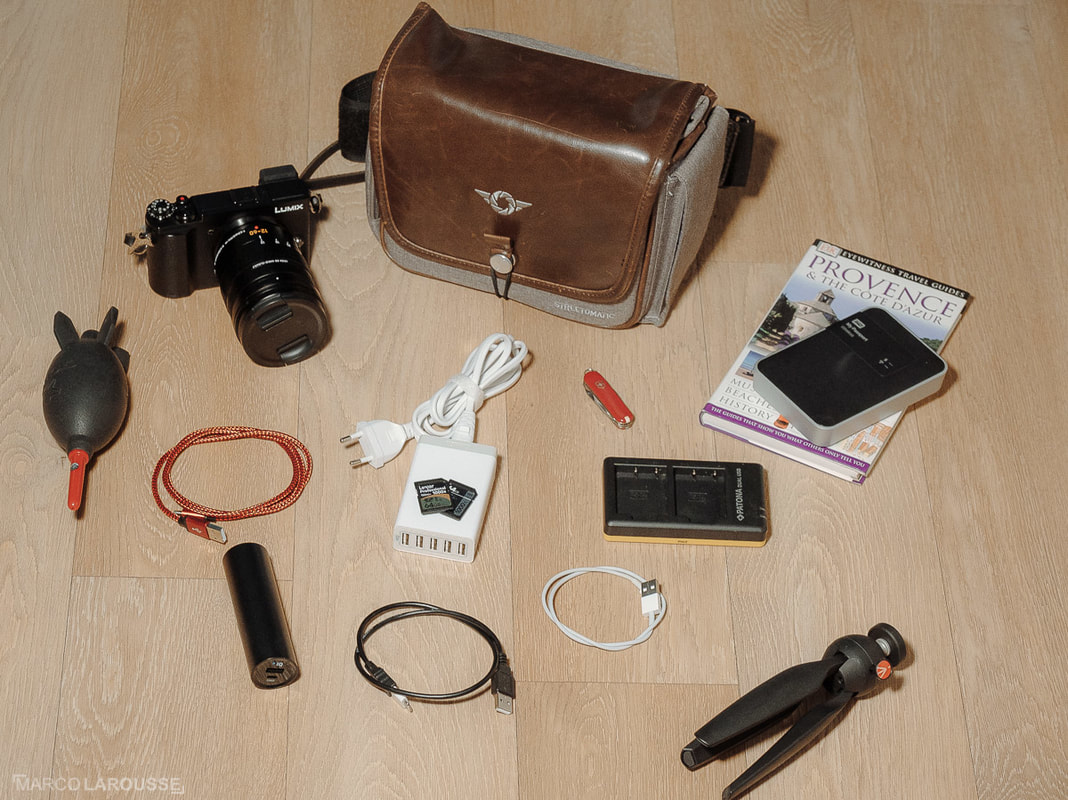

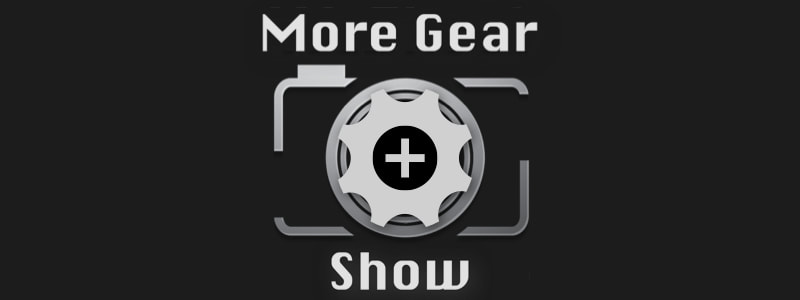
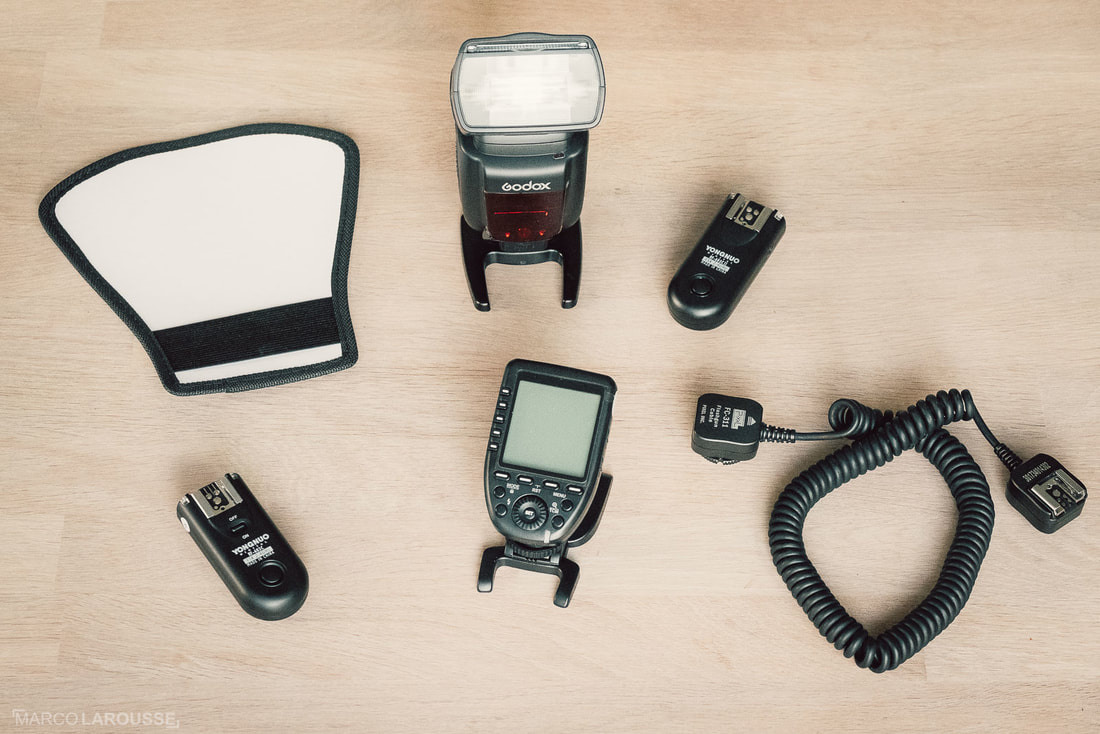
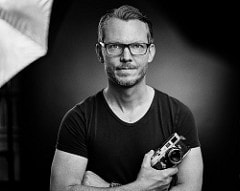
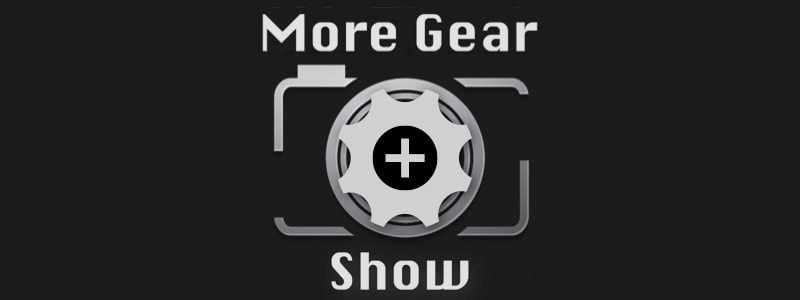
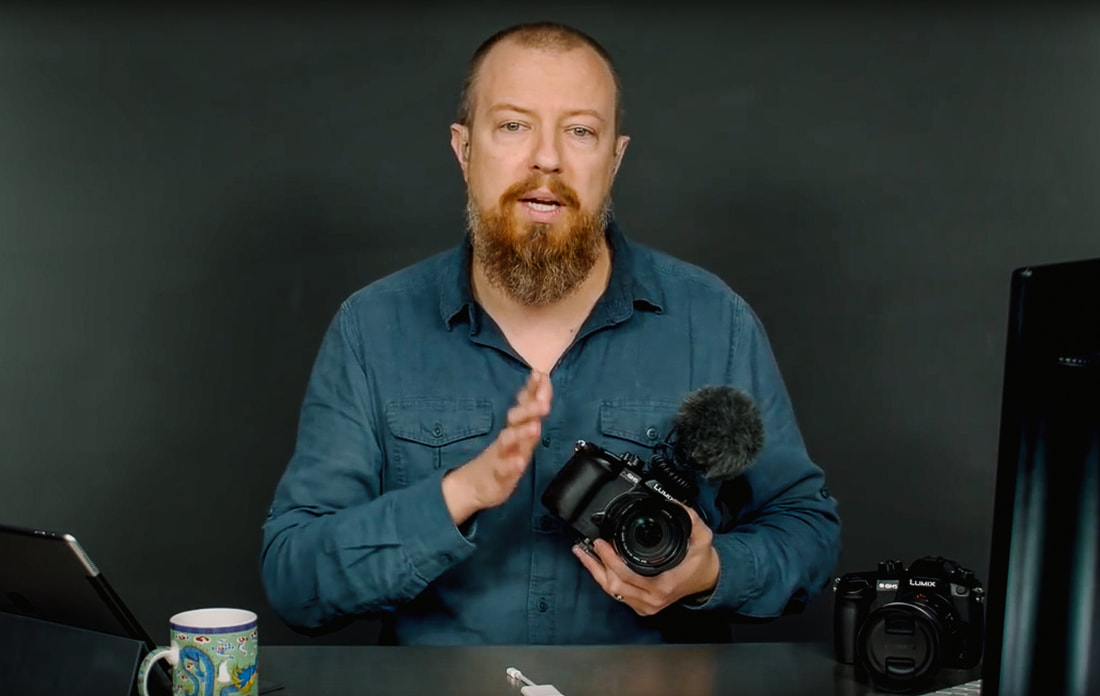
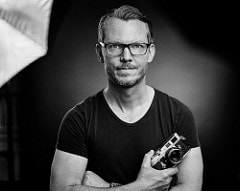
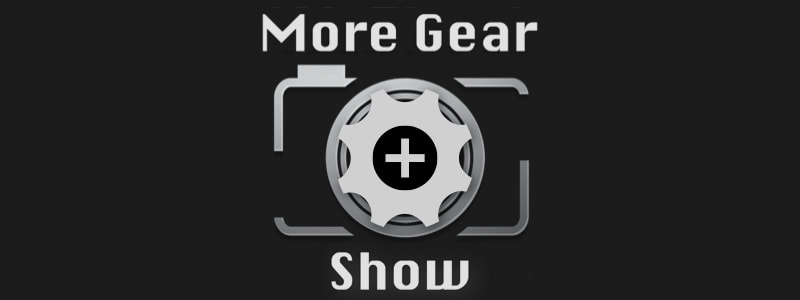

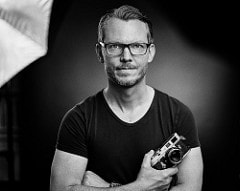
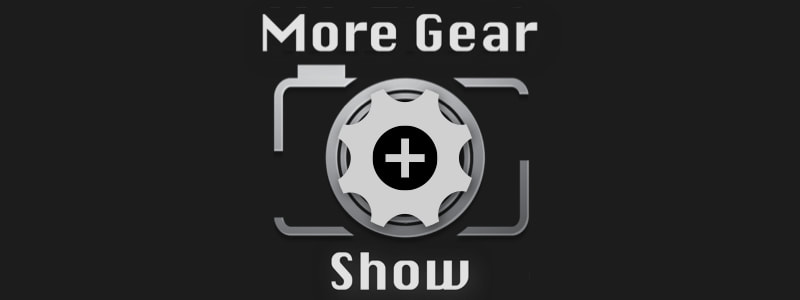

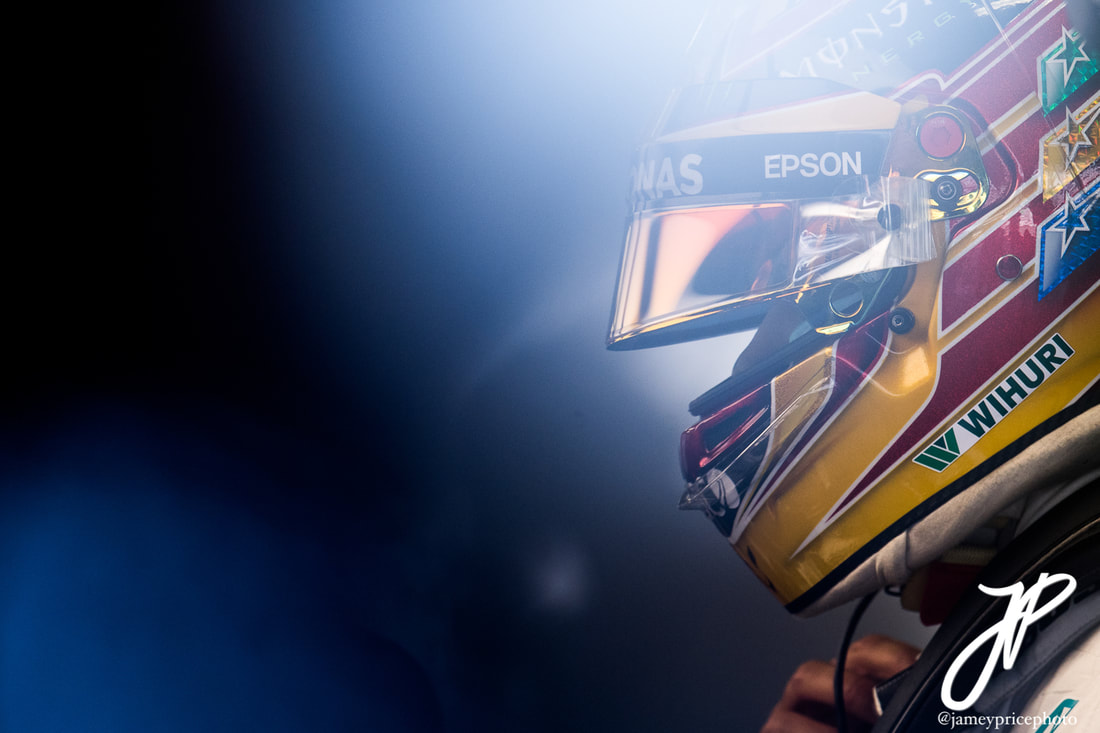
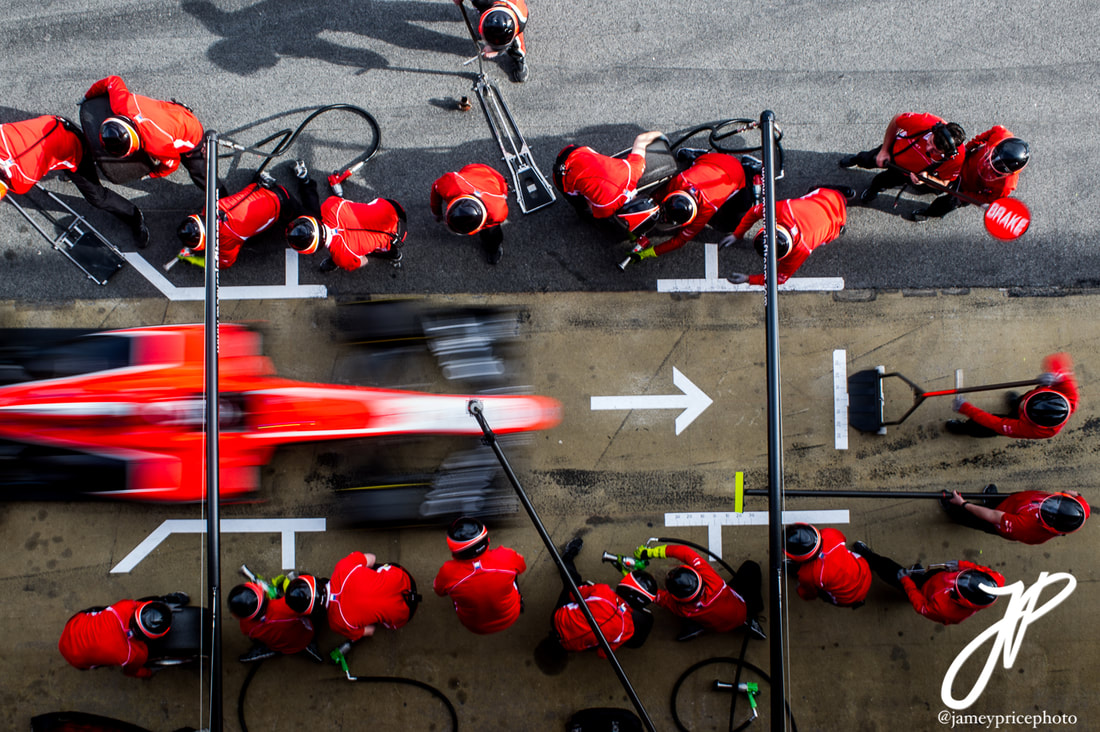
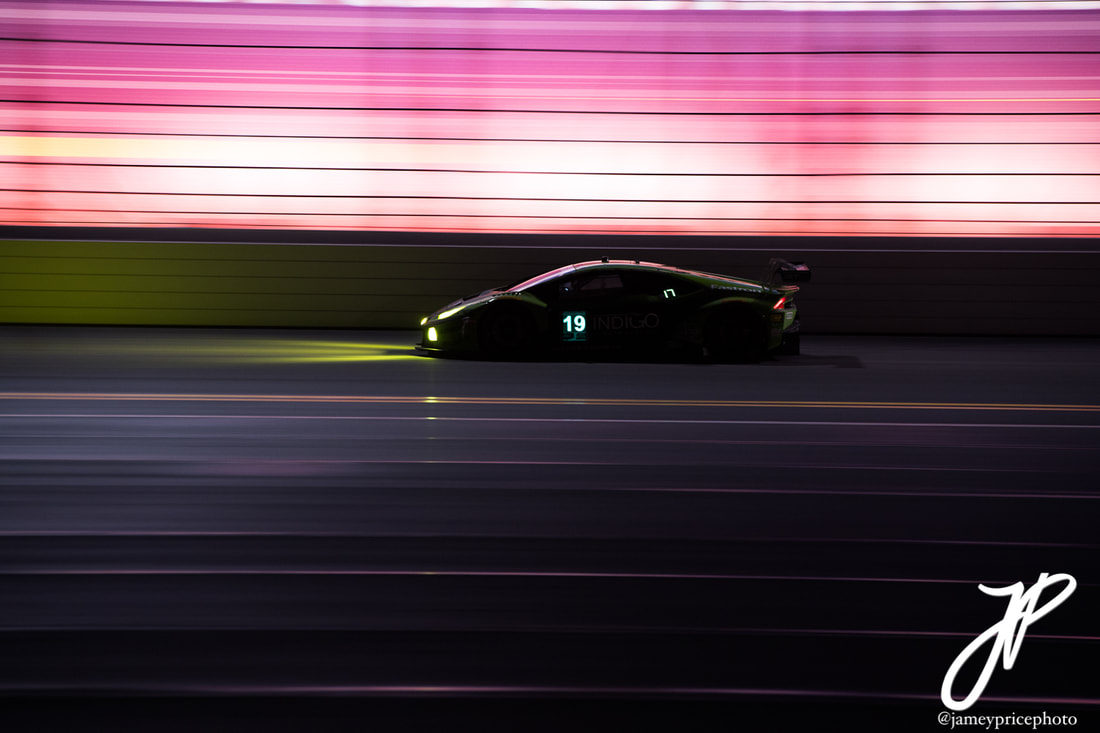
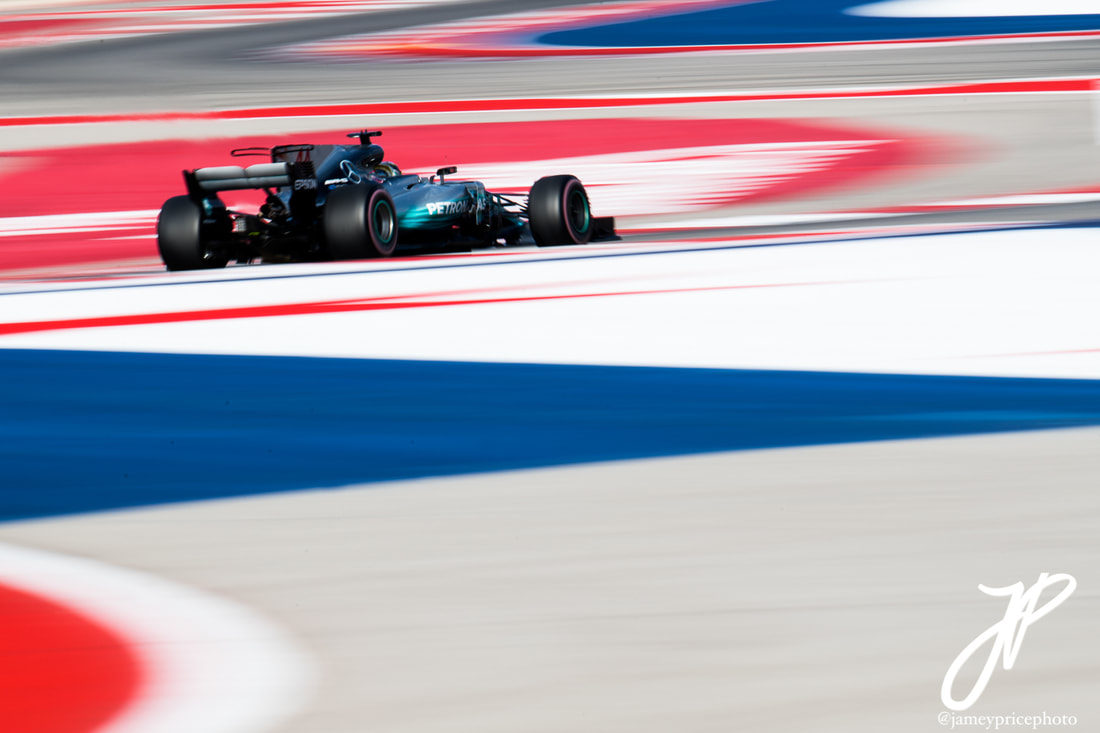
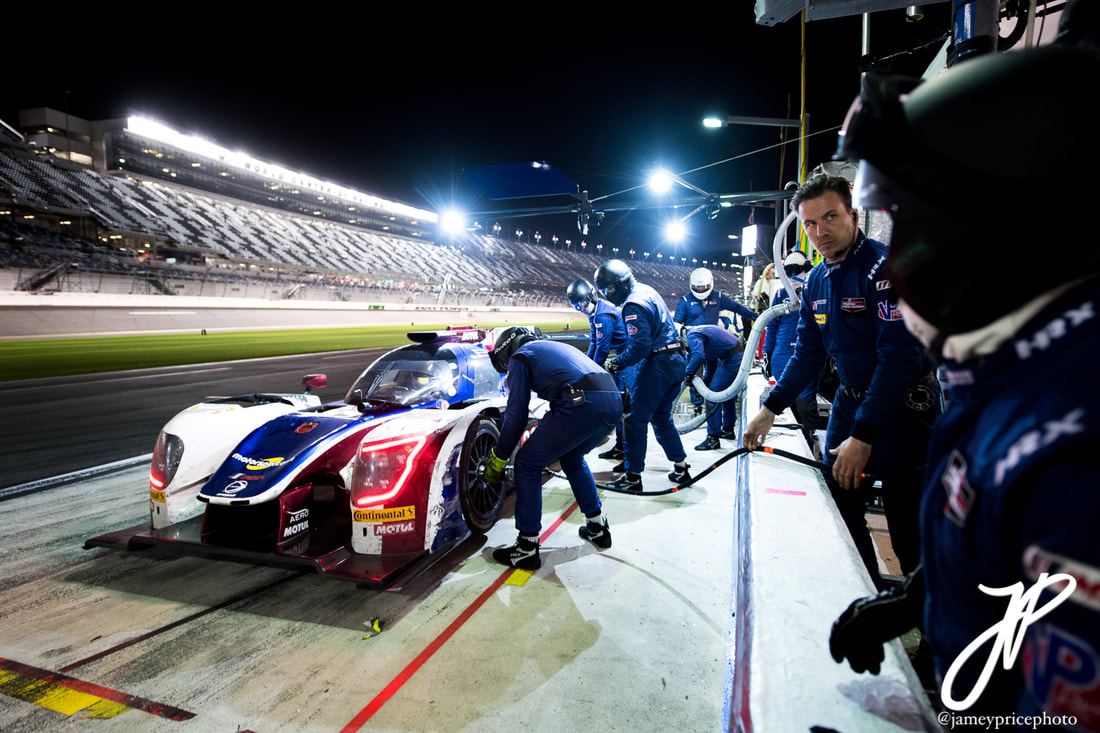
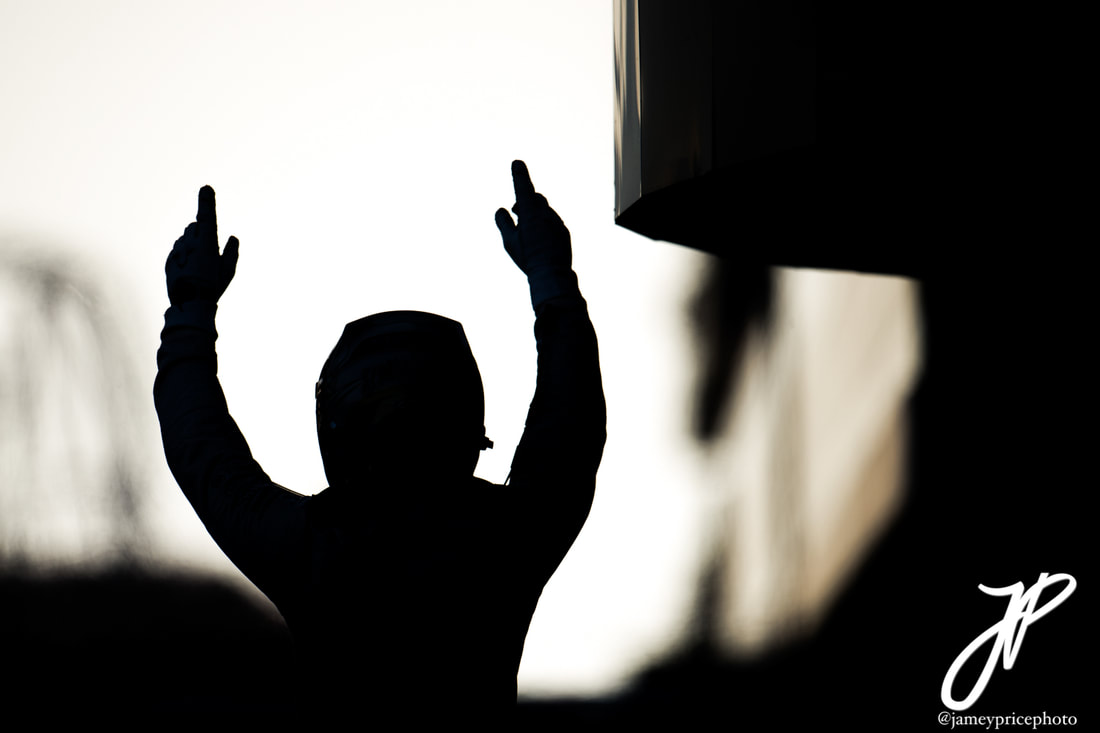
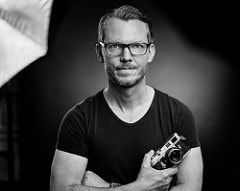
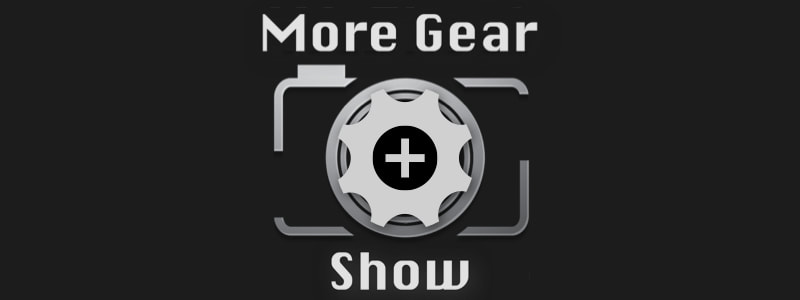

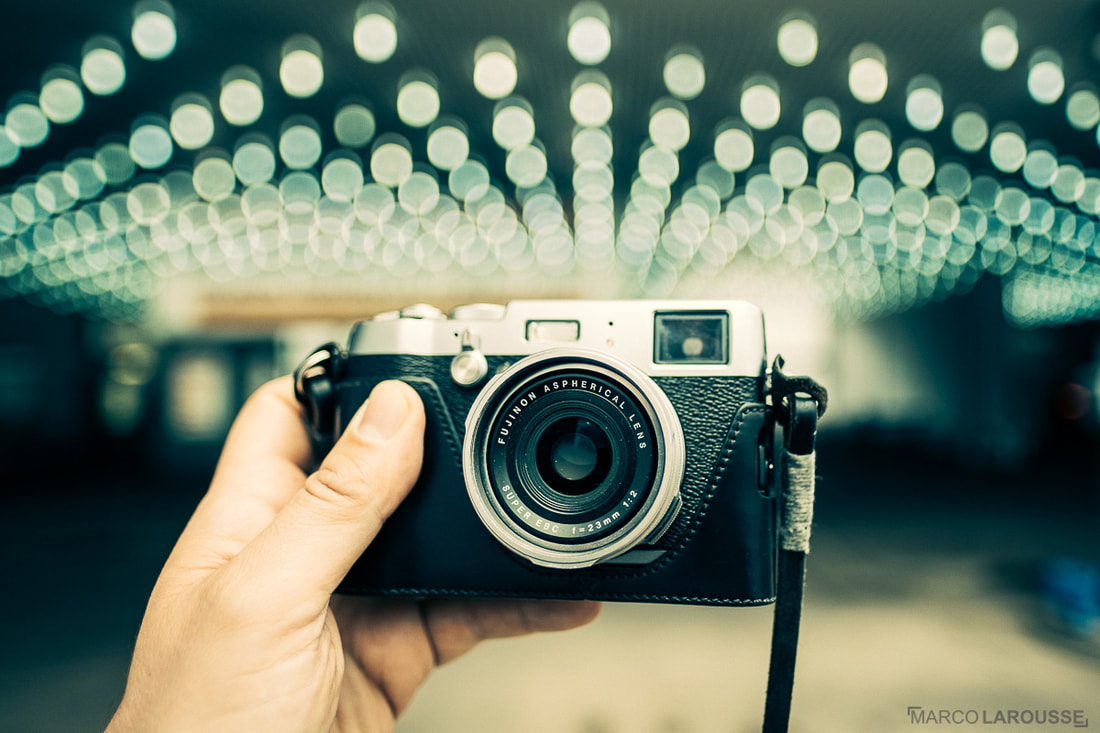
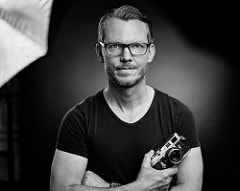
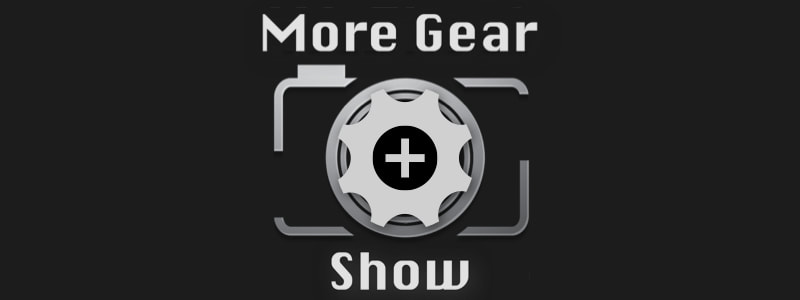

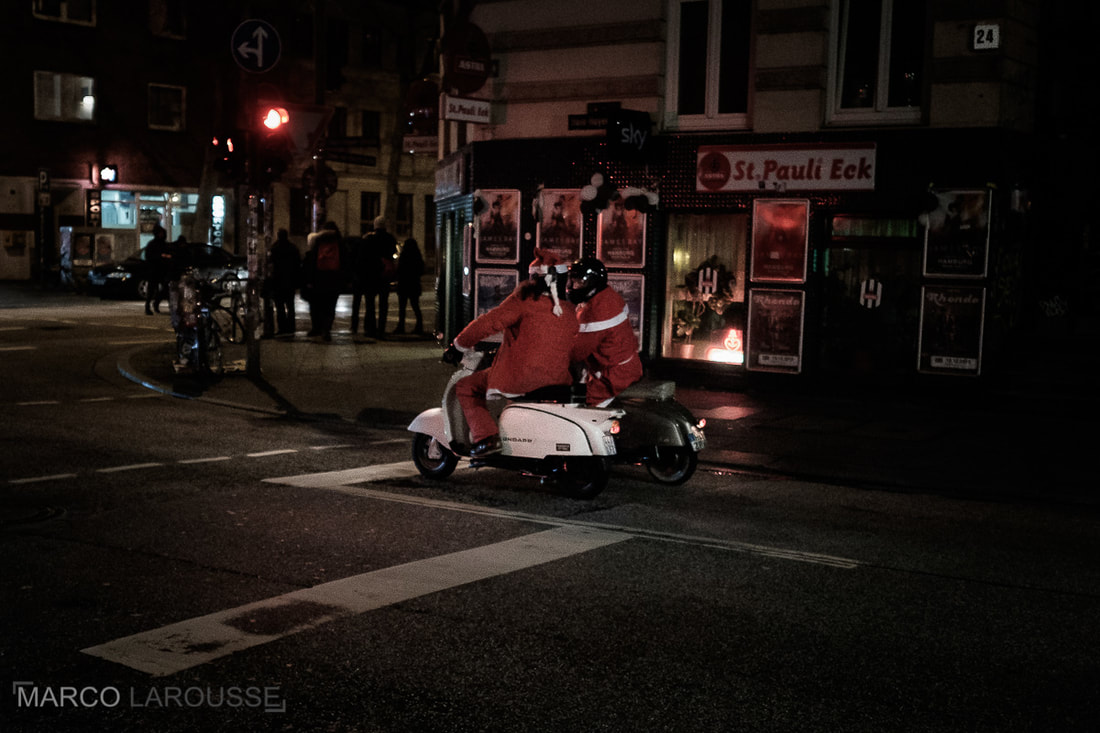
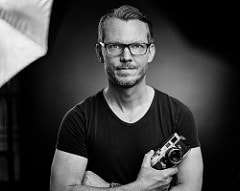
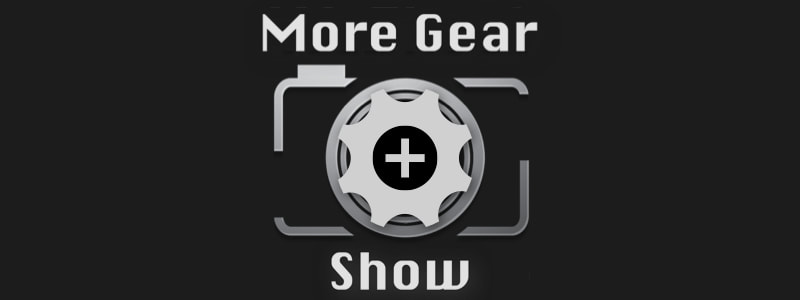
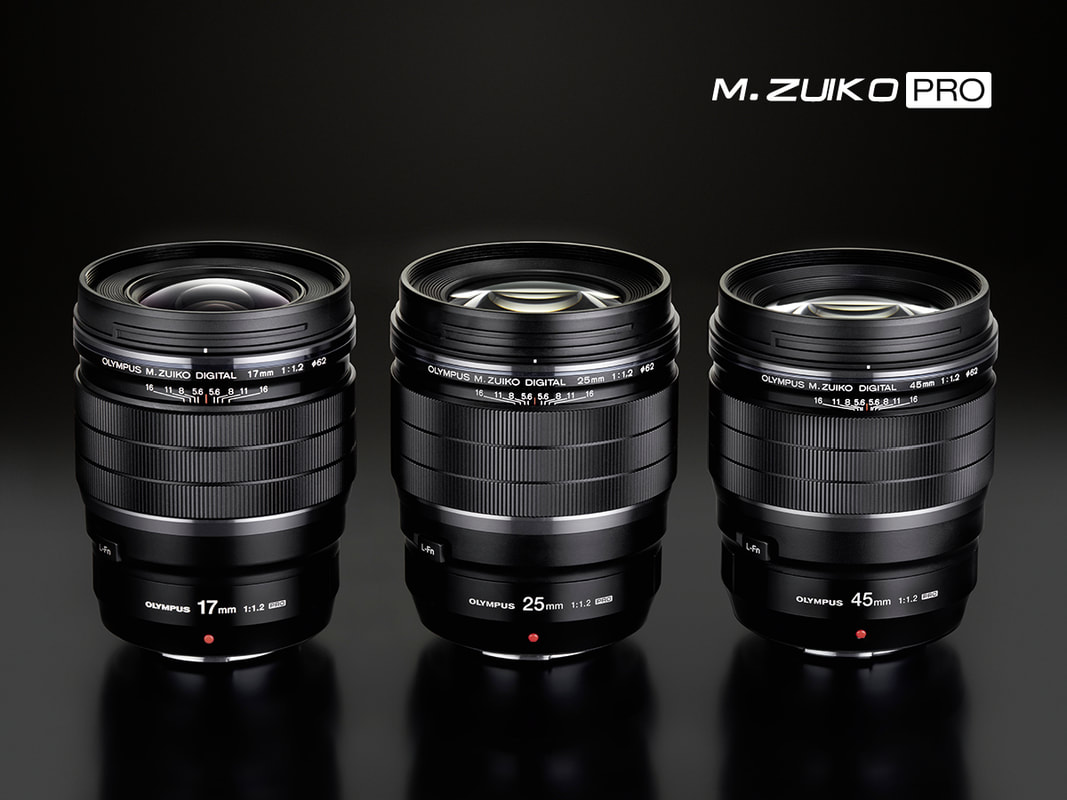
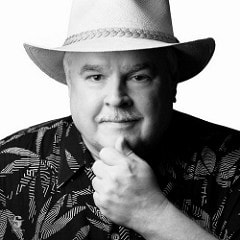
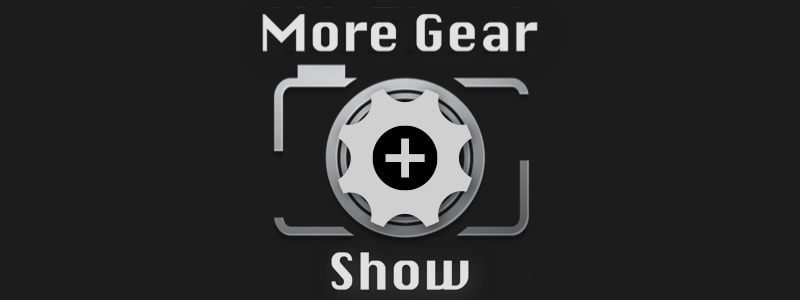
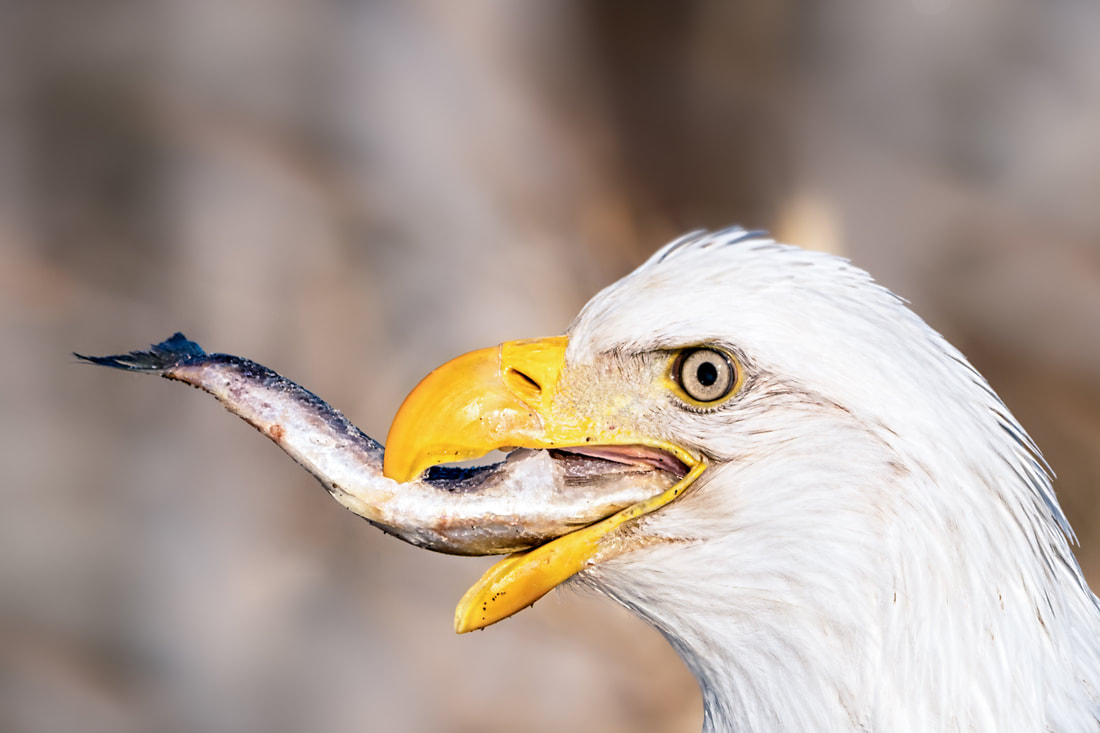
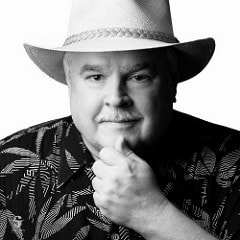

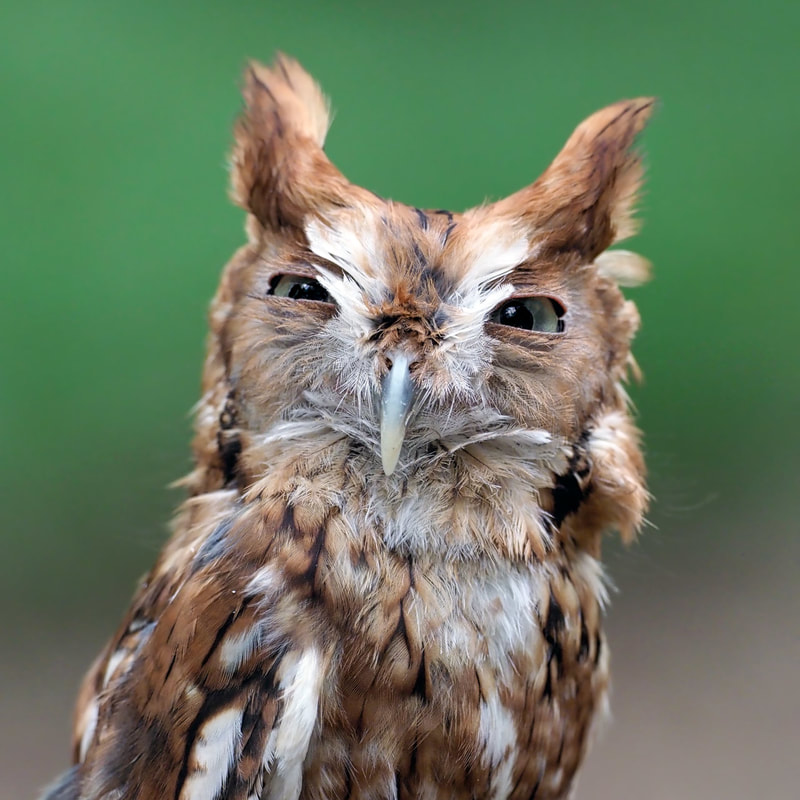
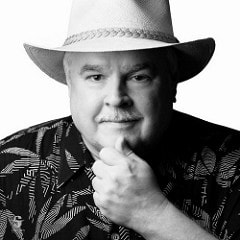
 RSS Feed
RSS Feed